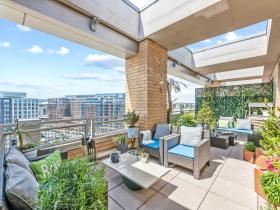 What's a Micro-Unit?
What's a Micro-Unit?
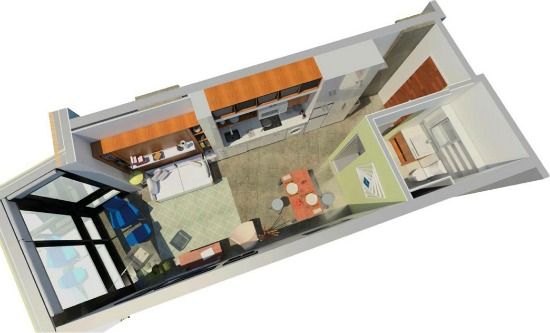
A rendering of micro-units planned for the Wharf from Perkins Eastman.
As the micro-unit trend heats up in DC, with a WeLive concept headed for Crystal City and four different small-unit developments from SB-Urban planned for various DC neighborhoods, we decided to try and answer your repeated questions about what a micro-unit is, and what makes it different from small studios, which of course have been a feature of cities for more than a century.
There are basically three factors that play into whether or not something can be called a micro-unit, but the definition is definitely in flux in the growing industry. The definition sometimes bleeds into that of an SRO, or a single-room occupancy building, where residents share certain utilities while retaining their own private space, as in a dormitory. But the important thing to note is that the trend is about much more than size alone.
UrbanTurf has previously defined micro-units as measuring somewhere between 250 and 375 square feet, which would put SB-Urban’s Blagden Alley project, which proposes roughly 400-square-foot units, in a different category. But other criteria may suggest a different conclusion.
Size
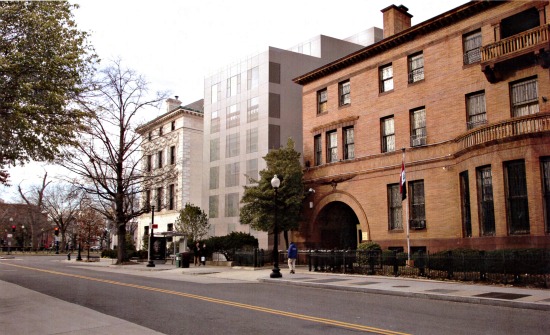
A rendering of the Patterson Mansion proposal from SB-Urban and Hartman-Cox, where units will be about 350 square feet.
Surprisingly, size isn’t always the best way to determine whether or not a unit qualifies as “micro.” The trend is in many ways about design, and the size threshold of what constitutes a small unit could largely depend on the market in which it’s located. A New York City micro-unit, for example, may be smaller than a (hypothetical) micro-unit in Dallas. At a recent micro-unit conference UrbanTurf attended, developers included units up to roughly 500 square feet in the “micro-unit” definition, usually because they referred to purpose-built, efficient spaces intended to make a studio feel bigger than it really is.
Design

An example of purpose-built micro-unit design. This is another rendering of a micro-unit at the Wharf.
One of the easiest ways to define a micro-unit is by its design. Was the unit purpose-built for small living? That typically includes built-ins, Murphy beds, drop-down surfaces like tables or desks and more design features. This is where the micro-unit trend intersects most obviously with the tiny house movement, in which spaces are similarly designed to maximize the efficient use of space. The renderings of micro-units planned for the Wharf are a good example of micro-unit design. Those units will measure between 330 and 360 square feet.
Community Spaces
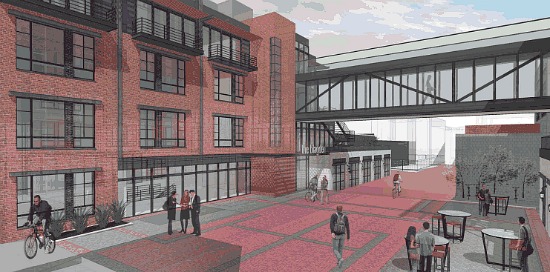
A rendering of community space at the proposed Blagden Alley development from SB-Urban.
Most small-unit developers tout the importance of their community amenities, which manifest most importantly in shared spaces outside the rooms where residents can spread out or enjoy the company of friends. (A micro-unit may not be the ideal place to host a party.) Here is where some developers make a distinction between micro-units and SROs. Micro-units have full kitchens, some experts say, while SROs do not. That would make Seattle’s aPODments, and the WeLive concept planned for Crystal City, something different than a micro-unit. But we’re not so sure consumers are making that distinction.
What makes a micro-unit micro is a set of standards that are still evolving. But a look at these three prevailing ideas can help determine whether a unit is more or less built for small living in a larger community. And by that standard, all of SB-Urban’s projects, including the larger Blagden Alley development, would probably qualify. So would the SRO-like Crystal City project from WeLive and Vornado.
Similar Posts:
- Researcher: DC’s Young Professionals Will Drive Micro-Unit Growth
- Dupont Circle Microunit Proposal, Sans Parking, Sails Through ANC
- 250 Units, Most of Them Micro, Proposed for Crystal City
- Is a Millennial’s Dream Apartment 400 Square Feet, Breakfast Included?
See other articles related to: micro units, micro-units, microunits
This article originally published at https://dc.urbanturf.com/articles/blog/whats_a_micro-unit/8500.
Most Popular... This Week • Last 30 Days • Ever
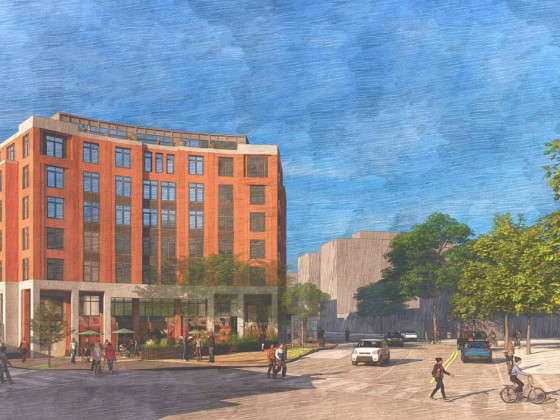
Another concept has been unveiled for one of DC's most contentious development sites,... read »

DC's homebuyer assistance programs can be a bit complex. This edition of First-Timer ... read »
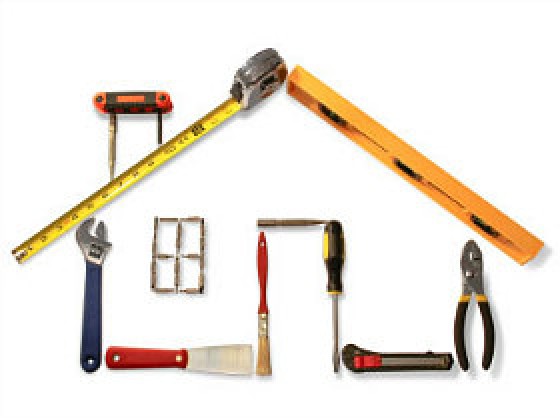
In this article, UrbanTurf looks at the estimated annual maintenance costs associated... read »
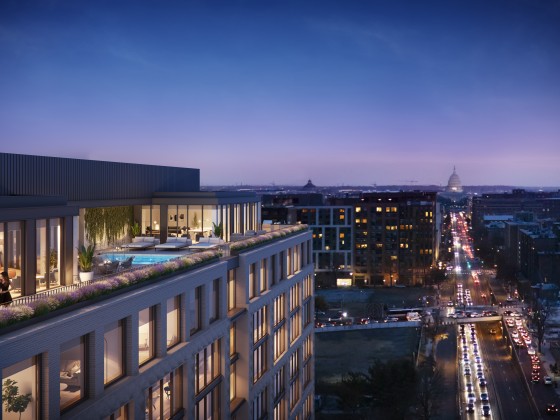
Plans for the development at a prominent DC intersection began nearly eight years ago... read »
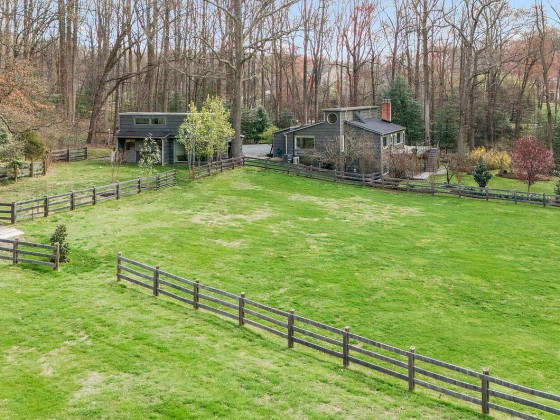
Today, UrbanTurf is examining one of our favorite metrics regarding competition in th... read »
- A First Look At The New Plans For Adams Morgan's SunTrust Plaza
- First-Timer Primer: DC's Home Buyer Assistance Programs
- What Are the Annual Maintenance Costs When You Own a Home?
- 388-Unit Development At Site of North Capitol Street Exxon Nears Completion
- The 6 Places In The DC Area Where You Aren't The Only One Bidding On a Home
DC Real Estate Guides
Short guides to navigating the DC-area real estate market
We've collected all our helpful guides for buying, selling and renting in and around Washington, DC in one place. Start browsing below!
First-Timer Primers
Intro guides for first-time home buyers
Unique Spaces
Awesome and unusual real estate from across the DC Metro






